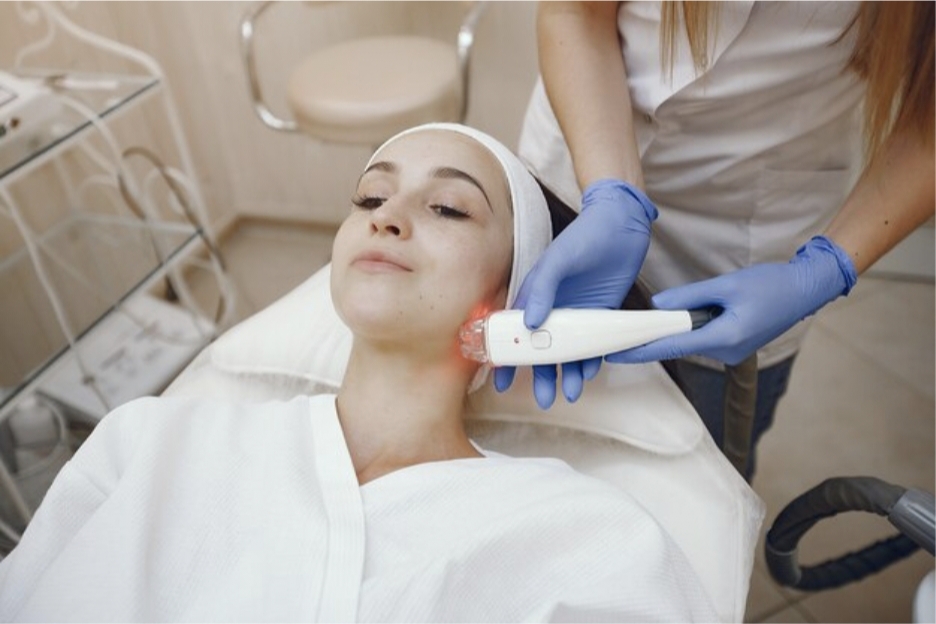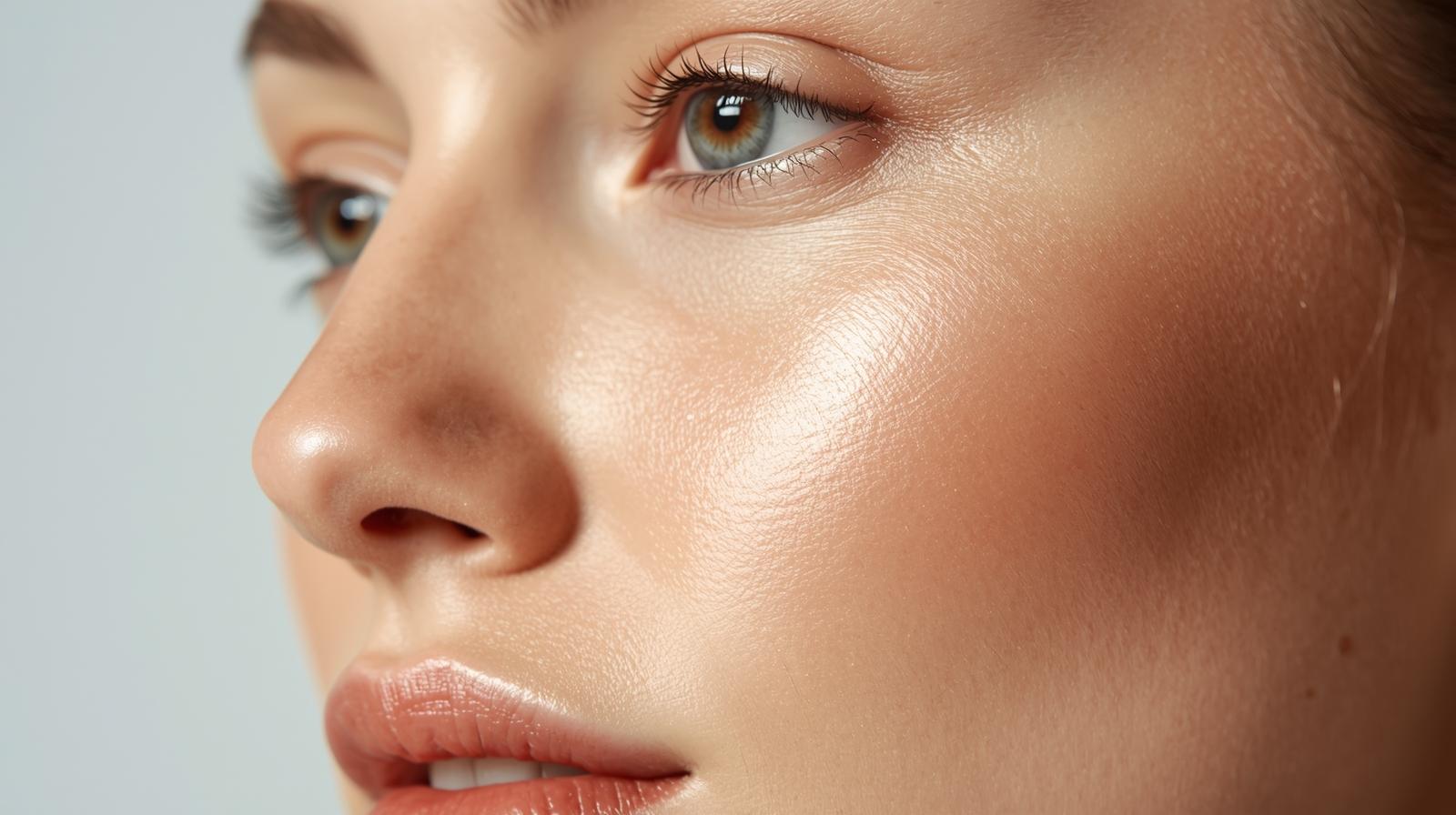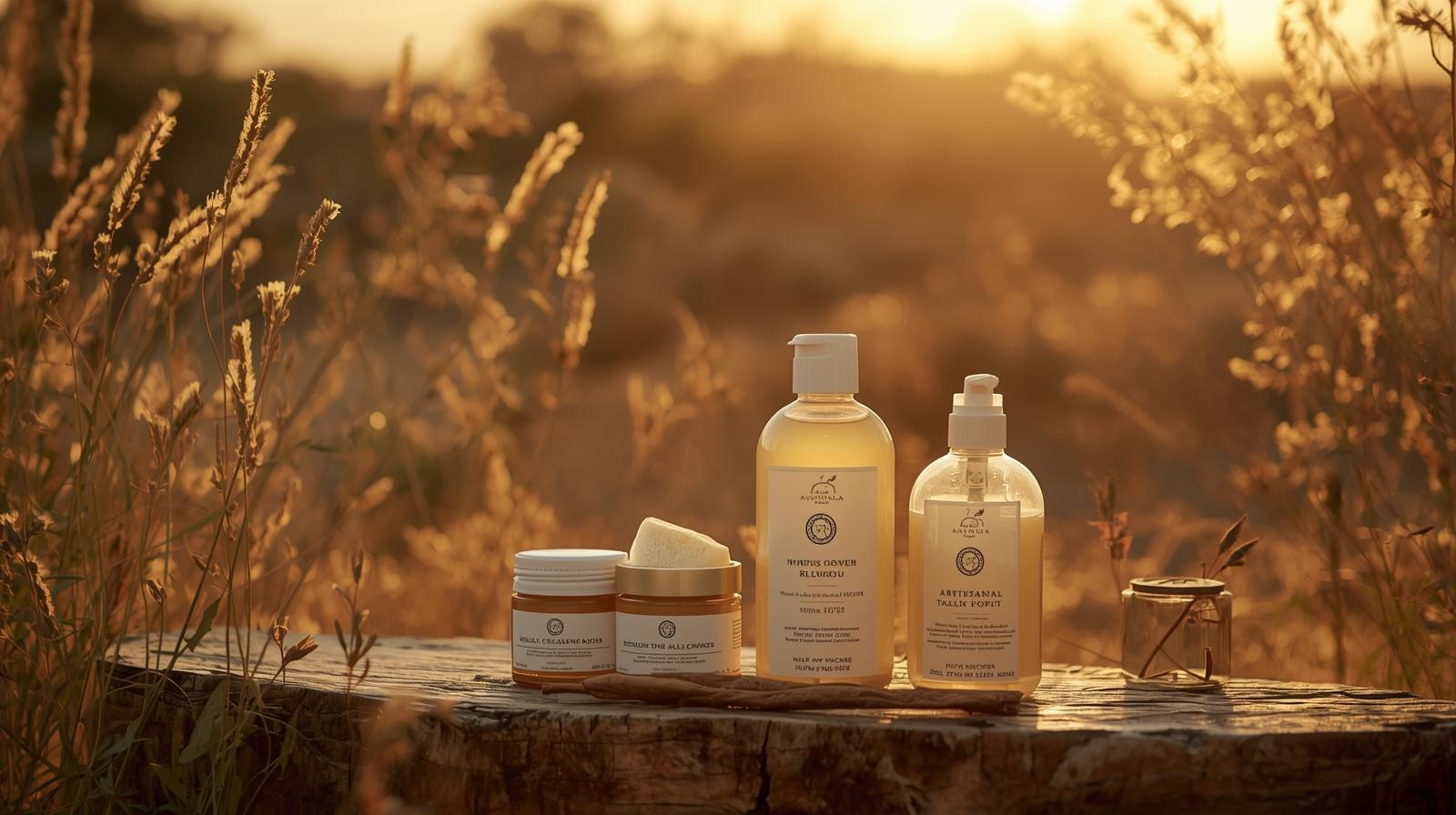Bath time is a precious bonding experience that introduces newborns to water while maintaining essential hygiene. Understanding proper bath temperature is crucial for creating safe, comfortable bathing experiences that babies can enjoy.
Newborn skin is extremely sensitive and requires careful temperature management. The ideal newborn bath temperature ranges between 98-100°F (37-38°C), closely mimicking the warmth babies experienced in the womb. Always test water temperature before placing your baby in the bath to prevent discomfort or harm.
Following safety guidelines is essential for successful bath time. During the first weeks, gentle sponge baths are often sufficient until the umbilical cord heals. Keep baths brief, avoid drafts, and always support your baby properly in the water.
What is the Ideal Baby Bath Temperature?
Understanding the ideal baby bath temperature is essential for new parents. Water temperature directly affects your baby’s safety, comfort, and bathing experience. The ideal temperature range is 98-100°F (37-38°C), where babies feel most comfortable.
This temperature is close to normal body temperature, providing familiar warmth. This warmth mimics the womb environment, promoting feelings of security and calm. Here’s why proper water temperature is crucial:
- Too cold. Water below 95°F can cause stress and discomfort for newborns. Babies may quickly cry, shiver, and become distressed in cold water. Cold water can be dangerous for newborns who lose body heat rapidly.
- Too hot. Water above 100°F can cause burns or dangerous overheating. Hot water causes pain and distress, making babies fearful of bath time. Even slightly hot water can damage delicate newborn skin within seconds.
Proper baby bath temperature makes bathing safe, effective, and enjoyable for everyone. Warm water helps relax muscles and soothe babies during and after bathing. Appropriate warmth calms the nervous system and promotes relaxation throughout the process.
Always test water temperature with your wrist or inner elbow before bathing. A bath thermometer provides accurate temperature readings for added safety and peace of mind. Keep the room temperature around 75°F (24°C) to prevent chilling after the bath.
How to Bathe a Newborn – Step-by-Step Safety
Learning how to bathe a newborn safely is essential for all parents. Bath time can be a comfortable, joyful bonding experience for parents and babies. Following a structured routine ensures safety and thoroughness during each bath.
Understanding proper techniques and maintaining appropriate temperature creates a smooth bathing routine. Parents can use gentle baby wipes in Kuwait for spot cleaning between baths. Choose fragrance-free wipes made with 99% water for sensitive newborn skin.
These gentle products effectively clean without irritating delicate skin or causing reactions. When you think how to bathe a newborn, follow these steps:
- Gather supplies. Set up a baby bathtub, sink, or basin first before undressing the baby. Have clean clothes, a fresh diaper, and a soft towel within easy reach. You’ll need a soft towel and mild, fragrance-free baby soap or wash.
- Check the temperature. Always verify both room and water temperature before starting the bath. The room should be warm (around 75°F) to prevent chilling after the bath. Water should be 98-100°F, feeling warm but not hot to your inner wrist.
- Support properly. Always support your baby’s head and neck during bathing with one hand. Never remove both hands from your baby while they’re in water—this is critical for safety.
- Lower slowly. Gently lower your baby into the water feet-first while speaking soothingly. Keep your baby’s head and face above water at all times throughout the bath.
- Wash gently. Clean your baby systematically from cleanest to dirtiest areas for hygiene. Start with the face, then wash the body, followed by the chest, arms, legs, and diaper area last.
- Dry quickly. Lift your baby carefully and immediately wrap them in a warm towel. Pat dry gently, paying attention to skin folds, then dress in clean clothes promptly.
How Often to Bathe a Newborn? Less is More
Many parents wonder how often to bathe a newborn for proper hygiene. Bath frequency depends primarily on your baby’s age and individual needs. Older babies and toddlers may benefit from daily baths as they get messier.
For newborns, bathing 2-3 times per week is typically sufficient for cleanliness. Newborns have extremely sensitive skin that’s prone to dryness and irritation. Frequent bathing can cause redness and strip away natural protective oils from the skin.
Understanding how often to bathe a newborn helps protect your baby’s delicate skin barrier. Pediatricians generally recommend bathing newborns 2-3 times weekly during the early months. Between baths, use a soft cloth and warm water for spot cleaning the face, neck, and diaper area.
Newborns don’t sweat much or get as dirty as older children do. Over-bathing can lead to skin irritation, dryness, and eczema in sensitive babies. Targeted spot cleaning effectively maintains hygiene between full baths without overdrying the skin.
When bathing less frequently, daily spot cleaning becomes more important for hygiene. Gentle wipes or damp cloths effectively clean the face and neck daily. Clean the diaper area with warm water and mild soap during each diaper change.
Wipe hands and feet with warm water after feeding or when visibly dirty. Understanding these guidelines helps parents establish appropriate bathing routines for their baby. Here are general bathing frequency recommendations by age:
- For the first month, sponge baths only until the umbilical stump falls off and heals completely. This typically takes 1-3 weeks after birth, depending on individual healing rates.
- For 1-4 months, full baths 2-3 times per week are sufficient for cleanliness. Focus on daily spot cleaning of face, neck, hands, and diaper area between baths.
- For 4+ months, bathe every other day or daily as your baby becomes more active. As babies start eating solids and crawling, they may need more frequent bathing.
Sponge Bath Newborn – The First Baths
Sponge baths are the recommended bathing method for newborns initially after birth. They’re ideal for the first few weeks after birth until healing is complete. Sponge baths keep the umbilical stump dry, promoting proper healing without infection.
This method allows gentle cleaning without submerging your baby in water unnecessarily. Sponge baths keep newborns warm and secure throughout the cleaning process. Key benefits include keeping the umbilical area dry and reducing heat loss.
They minimize stress for both babies and parents during the learning phase. This gentle approach helps build trust and bonding during early care routines. Here’s how to give a safe, effective sponge bath:
- Prepare supplies. Gather warm water (98-100°F), a soft washcloth, and mild baby soap. Choose fragrance-free, hypoallergenic baby wash or soap for sensitive skin. Have a warm towel ready for drying immediately after cleaning each area.
- Keep the baby warm. Wrap your baby in a towel, exposing only the area being washed. This keeps your baby warm while ensuring thorough cleaning of each body part. Work quickly but gently to minimize time spent partially exposed.
- Start with the face. Begin by washing the face with plain warm water only. Avoid using soap on the delicate facial skin during the early weeks. Pat the face dry before moving to the next area.
- Clean the body. Then clean the body, chest, arms, and legs using soap if needed. Use gentle strokes and rinse thoroughly to remove all soap residue.
- Keep the umbilical stump dry. Avoid getting the umbilical area wet during cleaning sessions. Pat around the area gently if needed, but never submerge or saturate the stump.
- Wash the diaper area last. Wash the diaper area last to prevent spreading bacteria to clean areas. Use warm water and gentle soap, rinse thoroughly, and pat completely dry.
Baby Bath Essentials – Your Must-Have Checklist
Having the right baby bath essentials makes bathing safer and more efficient for everyone. Essential items ensure thorough cleaning while maintaining safety throughout the process. Keep all supplies within arm’s reach before starting the bath to avoid leaving the baby unattended.
Essential bathing supplies include:
- Baby bathtub or sink with non-slip surfaces and adequate support for head and body.
- Bath thermometer for accurate temperature measurement (98-100°F) and consistent safety.
- Soft washcloths or sponges for gentle cleaning without irritation.
- Hooded towel in soft, absorbent material to keep baby warm after bathing.
- Mild baby soap or wash—fragrance-free, hypoallergenic, and tear-free for sensitive skin.
- Cotton balls for cleaning delicate facial areas and around the umbilical stump.
- Clean diaper and soft clothing ready for immediate dressing after bath.





